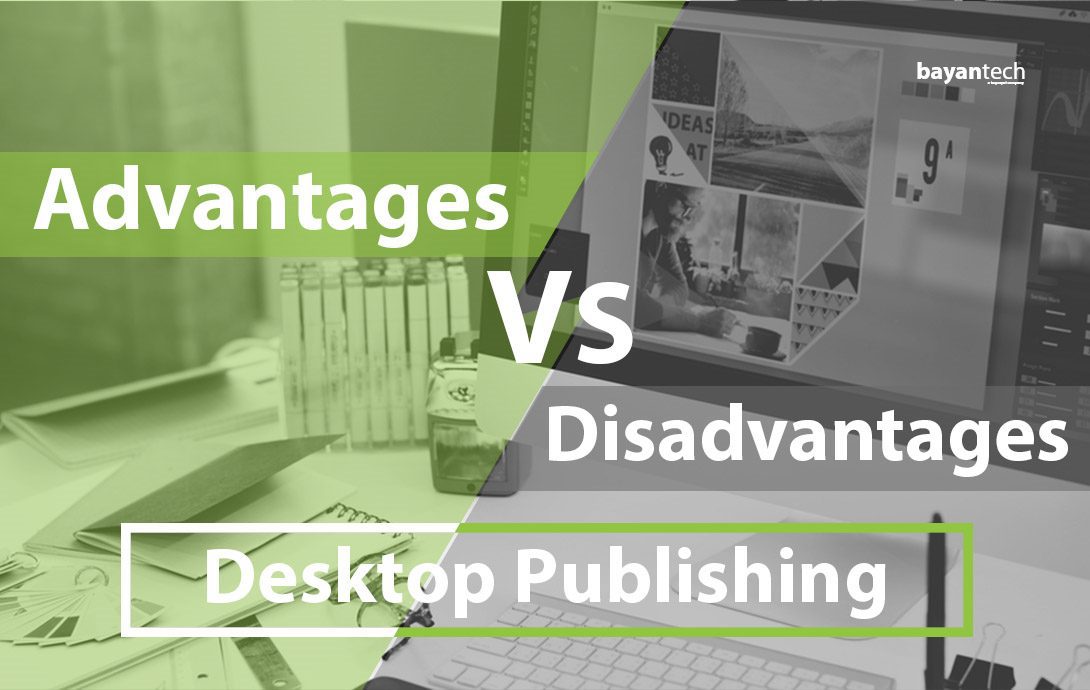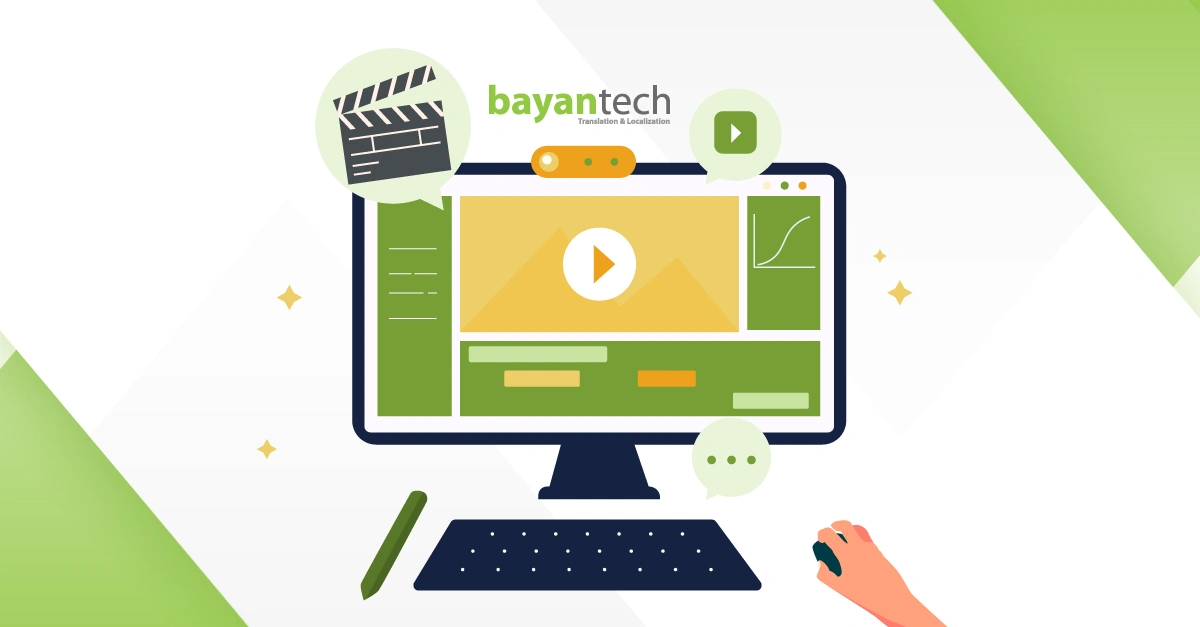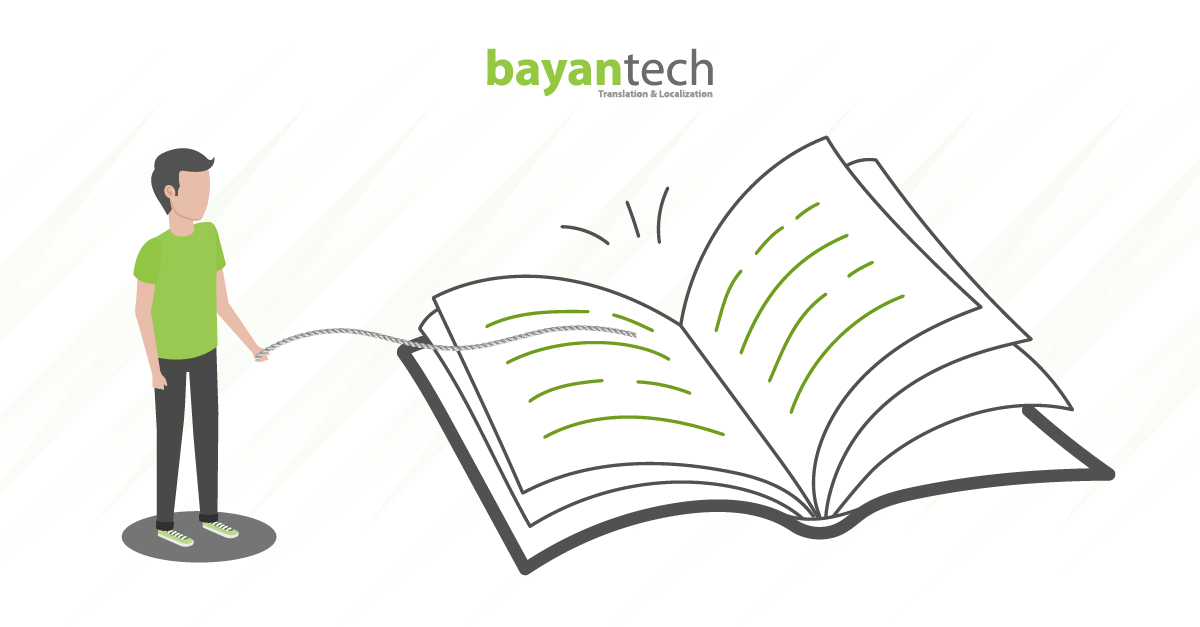Every translation project should involve desktop publishing. Translation companies that implement desktop publishing don’t just deliver raw text as the final product of their work. Instead, they provide clients with a completely functional document that meets their specific formatting requirements. Whether the document in question is a brochure or a patent filing, or any other document.
If you’ve been looking for multilingual DTP, you might be wondering if there are disadvantages to implementing desktop publishing in your translation project? What are the general advantages and disadvantages of desktop publishing? In this post, we’ll dive deep into DTP and share the answers you’re looking for.

Why DTP Is Essential for Translation
Computer desktop publishing has completely revolutionized the publishing workflow. The term desktop publishing came into existence in the late 20th century, as an umbrella term for computer software that would make the process of creating print publications more accessible and versatile.
In the translation and localization process, desktop publishing is one of the last steps between the original text and the final product. Basically, desktop publishing helps overcome cultural and regulatory barriers by adapting the layout of the source file, so it can accommodate the new content, comply with new legislation, or engage a new audience.
Without desktop publishing, the deliverables at the end of a translation project are simply raw text. Desktop publishing turns the raw translation into a functional deliverable that the client can use to fulfill their goals. And this is the main advantage of multilingual desktop publishing.
Before we dive into other disadvantages and advantages of DTP, for context’s sake, let’s examine the DTP translation process a little more closely.
A Quick Look at the DTP Translation Process
Desktop publishing services are usually introduced towards the end of a translation process. However, DTP plays a pivotal role before the translation even begins. A design team will examine and prepare your source files for translation and extract the original content to be sent to the translation team. Once your source material has been translated and edited to perfection, they step in again, this time extensively, to integrate your new translated material.
This team will also make the necessary changes to your document’s page layout so it can help you meet your goals. Legibility principles, linguistic conventions, and even legal standards might come into play.
In some cases, (for instance, if your source material is in Arabic and your target language is Russian), the design team may need to reimagine the structure of your printed documents, practically from the ground up.
If this case resounds with you, don’t be surprised if your translation company requests to see your brand guidelines or other documents that could help them guarantee that the final product aligns with your brand’s aesthetic principles.
Designers might then also create initial drawings that outline where the text and images will appear on the page and might even suggest alternative images to accompany your written material. And they’re likely to propose alternative fonts for the new content, in case your original typographic choices cannot accommodate the final product’s writing system.

The 3 Advantages and Disadvantages of Desktop Publishing
Aside from bringing a new level of quality to translation deliverables, what are the key advantages and disadvantages of desktop publishing? In this section, we’ll take a look at the three most common pros and cons.
Advantages of Desktop Publishing
The advantages of desktop publishing often vary on a case-by-case basis. But, there are three general advantages that desktop publishing services usually brings:
1-DTP builds a bridge between translation and localization
Let’s say you send a product brochure to your translation services provider, to have it translated into five different languages. Each new language will require some changes to your design layout. And each new target audience will come with certain cultural baggage that might require that you change the images in your brochures.
A team that includes a DTP specialist will be able to take your original brochure and tweak its layout to meet the demands and standards of your new customers. With DTP, images and symbols that might not resonate with your clients could also be adapted.
By looking beyond text and considering the format and visual aspects of your document, desktop publishing turns mere translation into a more holistic process. Beyond case-by-case advantages and disadvantages of desktop publishing, this is the benefit at the heart of DTP translation.
2- An extra layer of quality assurance
If you want your translation to turn into an asset that can help you meet your goals, you’ll eventually need to have it adapted into the format you need. By implementing desktop publishing with your translation services provider, you’re making sure that your final document is proofread by people who understand your target language.
A company that implements DTP, as well as 3-EYE TEP (translation, editing, and proofreading, performed by three different linguists), will be able to provide you with a flawless asset, in a cost-effective way.
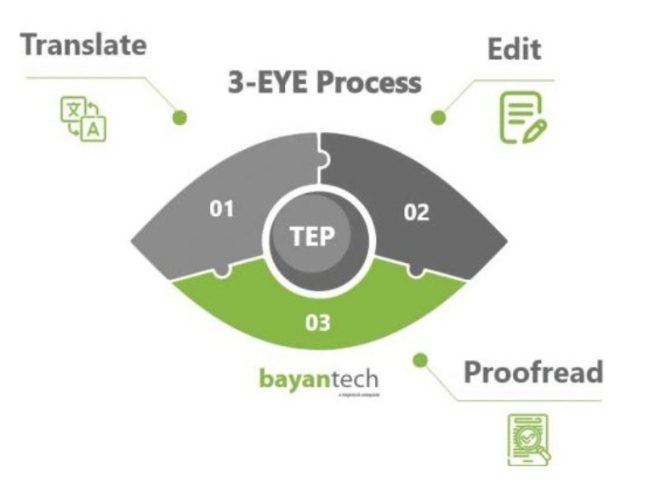
3- Reduced time-to-market
When compared to handling translation and print design through two different vendors, companies that implement translation & DTP through a single solution will be able to hit the market, launch their campaign, or file for their patent in less time.
Disadvantages of Desktop Publishing
DTP can also bring new complexity to your project, which can be hard to handle. Especially if it’s the first time you’re requesting translation services, or if you’re not yet used to dealing with third-party vendors.
Most of these disadvantages do not directly relate to the translation company itself, but rather, to the needs of your business, or to the conditions in which the source material was produced.
Sign up to our newsletter to receive the latest blogs and news.
1- DTP requires more resources than plain translation
Hypothetically, a freelance translator who has been commissioned to simply translate a text from one language into another could work with a basic CAT tool and a generic text processing program, such as Microsoft Word.
Multilingual DTP requires different skills and different tools. For instance, a DTP team will probably use Adobe InDesign (or similar desktop publishing software) to work with your document’s structure and graphic design.
This can be considered one of the problems of desktop publishing because it can make your search for a translation services provider a little more complicated by raising your standards. While virtually any freelance translator can translate your document’s text, with a certain level of accuracy, not every vendor can offer precise and culturally sensitive DTP.
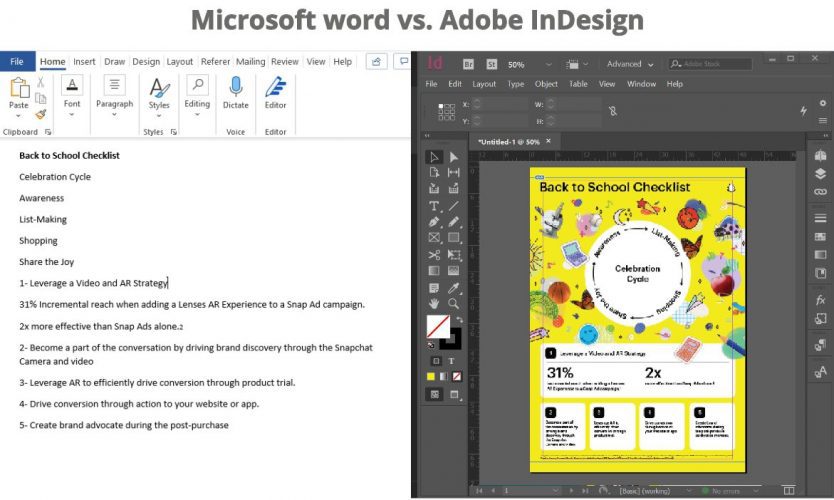
2. DTP adds costs to your translation project
While DTP translation services are more cost-efficient than handling print design and translation separately, DTP translation rates can be more expensive than plain translation.
If your budget is extremely reduced, DTP translation can seem to come with unnecessary extra costs. But, sooner or later, you’ll need to turn your translation into a functional document, and this is exactly what DTP does.
While this process does add hours to your project (and therefore, elevates its costs), the value you get for those extra fees is usually worth it. And, handling DTP & translation through the same provider also saves you time you’d otherwise spend managing vendors.
3. DTP can delay your project
While it’s generally more efficient than its alternatives, DTP might delay your project significantly. Especially if you don’t have your document in a file that your translation company can work with.
For instance, if you provide your translation company with a scan of the original file, instead of a DOC file, a PDF, or any other format that facilitates the extraction and editing of text, your translation services provider will need to go the extra mile to retrieve the content, edit it, and format it to your needs.
As we discussed in this section’s introduction, this difficulty is not directly linked to the practice of DTP or to your translation services provider. And it’s usually something that you, as a client, can prevent.
On the other hand, expert DTP services providers will implement the right DTP tools to minimize the workload (and surprise charges) that such drawbacks add to your translation project.
Multilingual DTP Best Practices Cheat Sheet
Pitching multilingual DTP within your company? Our multilingual DTP cheat sheet is the tool for you.Advantages and Disadvantages of Desktop Publishing: Is It Worth It?
After taking a quick look at the most common advantages and disadvantages of desktop publishing, you might be wondering if this service is really worth it. Expert DTP services will not just have your texts translated, but they will make them look good, comply with local laws, and move audiences.
DTP adds some extra costs to your translation project, but it also produces extraordinary value and makes it possible for you to achieve competitive results in a smooth and time-efficient way.
Partner up with an Industry-Leading Multilingual Desktop Publishing Company
At bayantech, we help leading companies from all around the world to communicate, operate, and grow at an international scale. With almost two decades of experience, we specialize in one of the most complex types of multilingual DTP: Arabic desktop publishing. But we operate across regions, and we’ve successfully completed hundreds of thousands of projects, in 120 languages. Get in touch today, and put your translation project in the hands of ISO-certified experts working with the best DTP software.

